Filter By
13
Subregions
Download Regions Data
Prince Edward Island, Nova Scotia, Nunavut, Yukon, New Brunswick, Ontario, Saskatchewan, Alberta, Manitoba,...
Description
Data in Voxdash
Canada
The purpose of this survey is to understand the impact of the COVID-19 pandemic on health care workers in Canada. This voluntary survey covers topics such as job type and setting, personal protective equipment (PPE) and infection prevention and control (IPC) practices and protocols, COVID-19 vaccination and diagnosis, and the impacts of the pandemic on personal health and work life. It also includes general demographic questions.
Canada
The National Travel Survey (NTS) provides statistics on the activities of Canadian residents related to domestic and international tourism. It was developed to measure the volume, the characteristics and the economic impact of tourism. For the Canadian System of National Accounts, the NTS measures the size of domestic travel in Canada from the demand side. The NTS was developed to fully replace the Travel Survey of Residents of Canada (TSRC record number 3810) and replace the Canadian resident component of the International Travel Survey (ITS record number 3152). The NTS collects information about the domestic and international travel of Canadian residents. The visit file provides information on place(s) visited by those travellers, whether it was their main destination or an overnight stop on their journey. In addition to providing visit information, the visit file also includes reallocated household expenditures information. The visit concept is used to measure the number of person-visits to a specific location. The visit file has at least two records per visit location for every person-trip found on the-trip file (origin and destination).
Canada
The main objective of the Canadian Tobacco and Nicotine Survey is to gather information about the prevalence of cigarette smoking, vaping, and cannabis use. Until 2017, Statistics Canada conducted the Canadian Tobacco, Alcohol and Drugs Survey (CTADS), which collected data on tobacco as well as alcohol and drug use in Canada. In 2019, the Canadian Alcohol and Drugs Survey (CADS) was conducted to collect data on alcohol and drug use independently from the Canadian Tobacco and Nicotine Survey (CTNS), which was conducted primarily to collect data on tobacco and nicotine use.
Canada
Statistics Canada is gathering information from families who use before and after school care as well as those who do not. The survey, which addresses before and after school care in Canada for children who are attending school (i.e. ages 4 to 12 years old), asks about the different types of before and after school care arrangements that families use, difficulties some families may face when looking for care, as well as reasons for not using before and after school care. The survey will also cover the COVID-19 pandemic and its impact on before and after school care.
Canada
The Canadian COVID-19 Antibody and Health Survey will collect information in two parts. The first part is an electronic questionnaire about general health and exposure to COVID-19. The second part is an at-home finger-prick blood test, which is sent to a lab to determine the presence of COVID-19 antibodies. The data will be used to: Estimate how many Canadians test positive for antibodies even if they have never had symptoms of COVID-19. Better understand the social distancing behaviours of Canadians and their general health during the pandemic. This important information will help evaluate the extent of the health status associated with the COVID-19 pandemic such as the prevalence of infection even for people who have never had symptoms, among a representative sample of Canadians. Through the integration with health and social administrative data, the survey will also provide a platform to explore emerging public health issues, including the impact of COVID-19 on health and social well-being. It also aims to shed light on immune responses to SARS-CoV-2 in a diversity of communities, age brackets, populations, and occupational groups across the nation.
Canada
The National Travel Survey (NTS) provides statistics on the activities of Canadian residents related to domestic and international tourism. It was developed to measure the volume, the characteristics and the economic impact of tourism. For the Canadian System of National Accounts, the NTS measures the size of domestic travel in Canada from the demand side. The NTS was developed to fully replace the Travel Survey of Residents of Canada (TSRC record number 3810) and replace the Canadian resident component of the International Travel Survey (ITS record number 3152). The NTS collects information about the domestic and international travel of Canadian residents. The visit file provides information on place(s) visited by those travellers, whether it was their main destination or an overnight stop on their journey. In addition to providing visit information, the visit file also includes reallocated household expenditures information. The visit concept is used to measure the number of person-visits to a specific location. The visit file has at least two records per visit location for every person-trip found on the-trip file (origin and destination).
Canada
The Canadian Perspectives Survey Series (CPSS) is a set of short, online surveys beginning in March 2020 that will be used to collect information on the knowledge and behaviours of residents of the 10 Canadian provinces. All surveys in the series will be asked of Statistics Canada's probability panel. The probability panel for the CPSS is a new pilot project initiated in 2019. An important goal of the CPSS is to directly collect data from Canadians in a timely manner in order to inform policy makers and be responsive to emerging data needs. The CPSS is designed to produce data at a national level (excluding the territories).
Canada
The main objective of the Canadian Tobacco and Nicotine Survey is to gather information about the prevalence of cigarette smoking, vaping, and cannabis use. Until 2017, Statistics Canada conducted the Canadian Tobacco, Alcohol and Drugs Survey (CTADS), which collected data on tobacco as well as alcohol and drug use in Canada. In 2019, the Canadian Alcohol and Drugs Survey (CADS) was conducted to collect data on alcohol and drug use independently from the Canadian Tobacco and Nicotine Survey (CTNS), which was conducted primarily to collect data on tobacco and nicotine use.
Canada
The 2021 Canadian Election Study (CES) was conducted to document the attitudes of Canadians during and after the 2021 election. It continues the tradition of Canadian Election Studies started in 1965.
Canada
The main purpose of this survey is to study the coverage of the employment insurance program. It provides a meaningful picture of who does or does not have access to EI benefits among the jobless and those in a situation of underemployment. The Employment Insurance Coverage Survey also covers access to maternity and parental benefits. The survey was designed to produce a series of precise measures to identify groups with low probability of receiving benefits, for instance, the long-term jobless, labour market entrants and students, people becoming unemployed after uninsured employment, people who have left jobs voluntarily and individuals who are eligible, given their employment history, but do not claim or otherwise receive benefits. The survey provides a detailed description of the characteristics of the last job held as well as reasons for not receiving benefits or for not claiming. Through the survey data, analysts will also be able to observe the characteristics and situation of people not covered by EI and of those who exhausted EI benefits, the job search intensity of the unemployed, expectation of recall to a job, and alternate sources of income and funds. Survey data pertaining to maternity and parental benefits answer questions on the proportion of mothers of an infant who received maternity and parental benefits, the reason why some mothers do not receive benefits and about sharing parental benefits with their spouse. The survey also allows looking at the timing and circumstances related to the return to work, the income adequacy of households with young children and more.
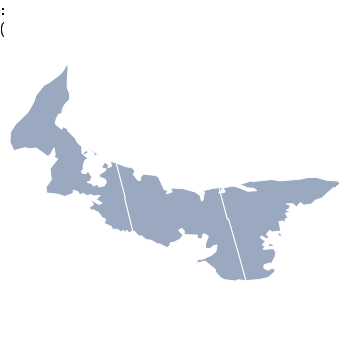
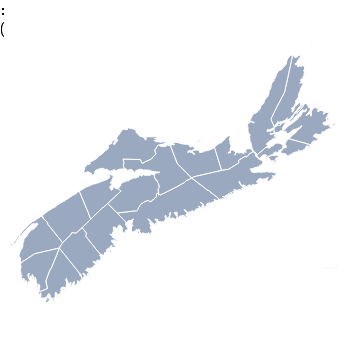
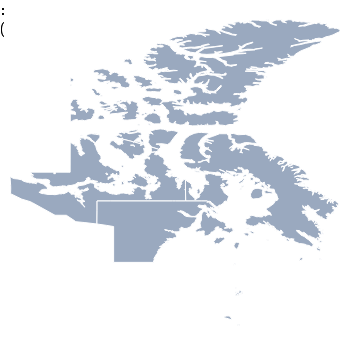
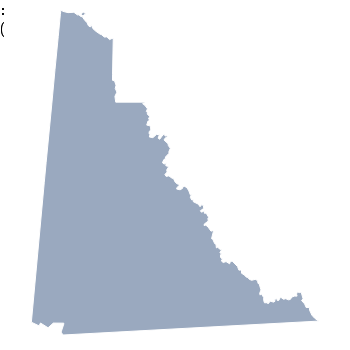
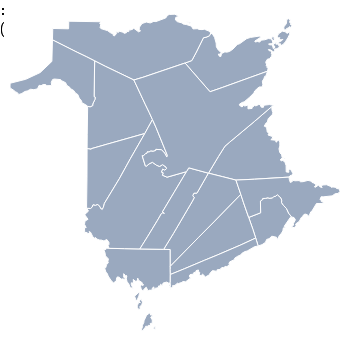
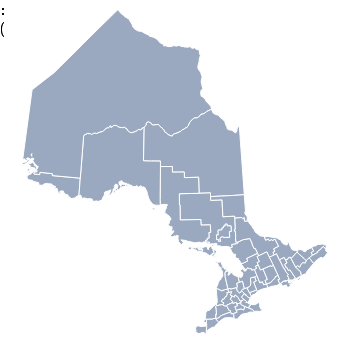
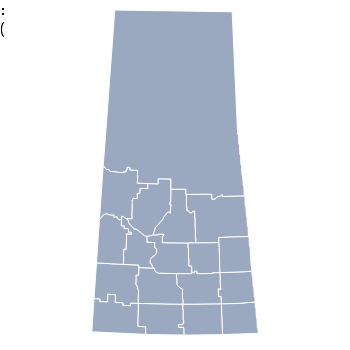
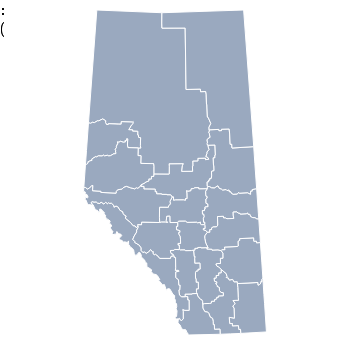
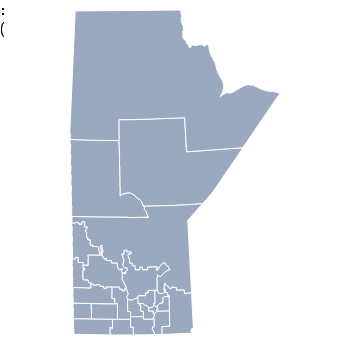
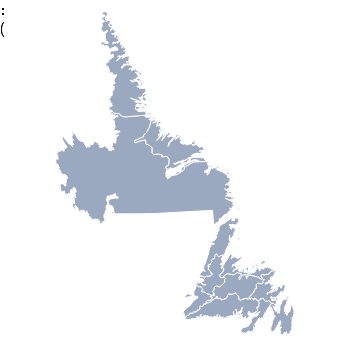
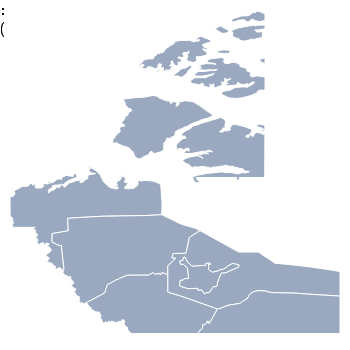
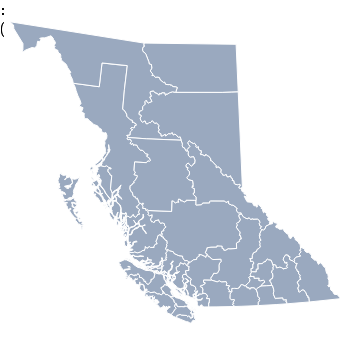
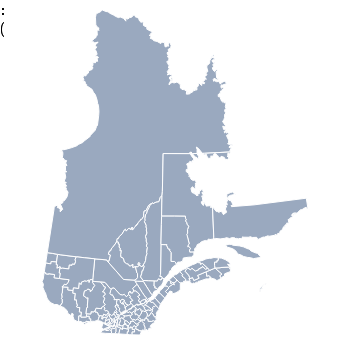


.jpg)
.jpg)
.jpg)
.jpg)